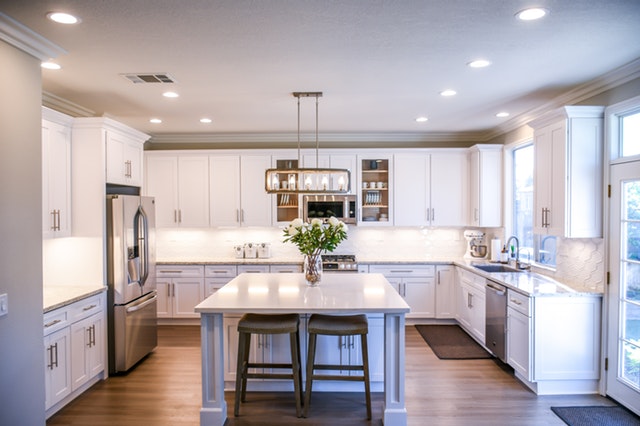Covid Tips: Mapping Your Homes Electrical Circuits
Electricity travels in a circular motion. It can move along in a “hot” wire towards a light or receptacle. Then it provides energy to the devices, known as a load. After that, it goes back to its “neutral” wire. It is called “neutral” because when electricity is under its normal conditions, the maintenance is at 0 volts, also referred to as the ground potential to the source. The entire path is a circuit.
In a house wiring, a circuit indicates a group of lights or receptacles linked on a path. Every circuit is traceable starting from the beginning of the service panel or subpanel throughout the different receptacles with resistor, appliances, and fixtures and reverses back.
Inside a service panel, it may reveal that an electrician has notated which fuses or circuit breakers have the control on a specific circuit if your service panel does not have these kinds of references. It is not a bad thing to map your circuits so that if any circumstances arise, you can easily find and access the proper fuses or circuit breakers that need to shut off or reset.
The following instructions refer to circuit breakers; however, the same procedure applies to panels.

Number the electrical panel inside the circuit breakers if they don’t have any numbers yet. List them down to post them on the inside of the door. The numbers must correspond to every circuit breaker. After every number, take note of the devices the breaker controls.
Even more precise mapping, you can also sketch a floor plan and have a note on it that can recognize the breaker numbers for every light and receptacle across the house.
(Another tip is that mark all the back of every switch and receptacle covering the circuit breaker number.)
Take Note: Dashed lines indicate switches controls which fixtures correspond; they do not even show wire routes.
Mapping your circuits is work that must be done in daylight with help. Take note that all of your home’s power must be shut off at some defined point in time, so when you are finished, you will need to reset the clocks, timers, and other the likes.
To have an easy mapping, bear in mind that receptacles are commonly on circuits set apart from lighting and major appliances like washing machines, furnaces, microwaves, electric ovens, and electric dryers, primarily those with dedicated circuits.
Remember: Check your electrical panel if it has old circuit breakers, by merely flipping them off and on can break them as they might be fragile due to their age. Also, outdated circuit breakers may give you a hard time replacing them.
1. Electrical panel- you will need to shut off all the circuit breakers.
2. First, look out for any double (240 volts) or large circuit breakers- By flipping one on, identify which major electrical appliance(s) supplies the electricity. You can do it by switching on each electrical appliance (including equipment like pool pump and furnace) until you find them. Repeat process this time with large circuit breakers and other major appliances.
3. Ask your helper to plug in a small lamp (or another mini electrical device) – Plug it in a standard room receptacle. Switch the breakers on and off until you find the one that will turn on the device. Let the breaker on, and asks your helper to plug the device into another receptacle; remember all the ones controlled by the breaker.
4. Repeat all the processes, switch on the room lights one at a time, and take note of the circuit breaker that will control each set of the lights.










